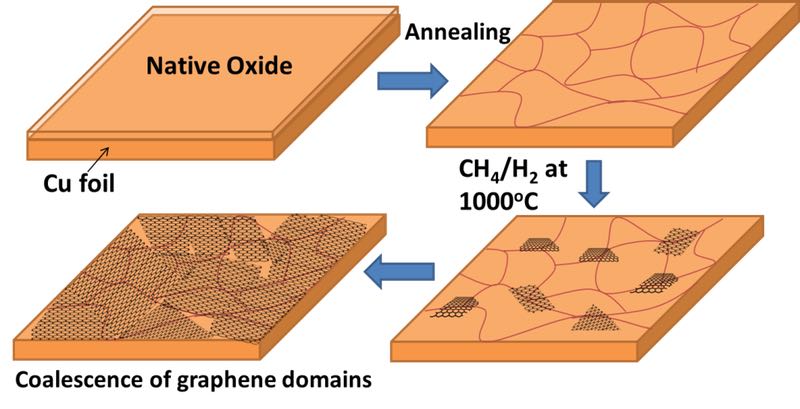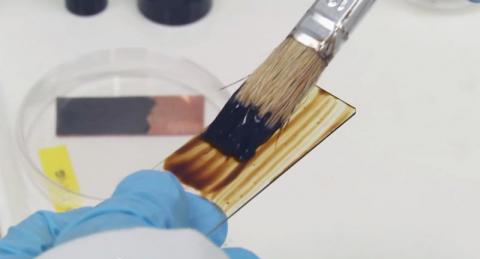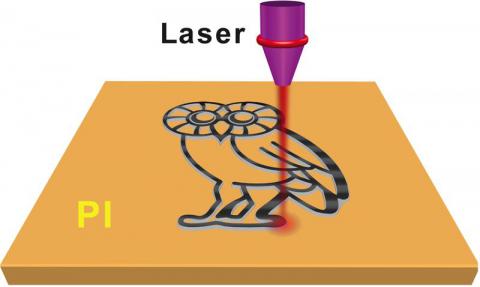The Total sum of graphene (Gr) in a composite form is a key role in boosting the performance of the composites. Mostly, Using in-direct methods, that is, by changing the amount of concentration of Gr (or GO) in the electrolyte its self, is widely used to monitor the influence and change of the graphene content on the properties of graphene foil.
To Buy Graphene Foil Click Here.
In this article, we will propose a direct link and accurately approach this, that is, by using an instrument carbon plus sulfur analyzer, to determine the amount of Gr in the direct current electrodeposited Cu–Gr composite foil, and also obtain the relationship between the amount of Gr in the composite foils and the concentration of GO in the electrolyte.
 Graphene Foil
Graphene Foil
To Buy Graphene Foil Click Here.
Further, mechanical property measurements reveal that: (1) the variations in the mechanical properties (involving the elastic modulus, hardness and tensile strength) of the Cu–Gr foils along with the concentration of GO in the electrolyte exhibit similar tendencies to that of the Gr content in the Cu–Gr foils. (2) According to current experimental conditions, the optimal values of the mechanical properties and the amount of Gr in the foils appears at a GO concentration of 0.5 g L−1 in the electrolyte. (3) When the GO concentration is less than 0.5 g L−1, the values of the mechanical properties and the amount of Gr in the foils present an approximately linear relationship; and beyond 0.5 g L−1, the values become unstable and declining, which can be attributed to an agglomeration of excess GO in the electrolyte which makes it difficult to be co-deposited into the foil.

